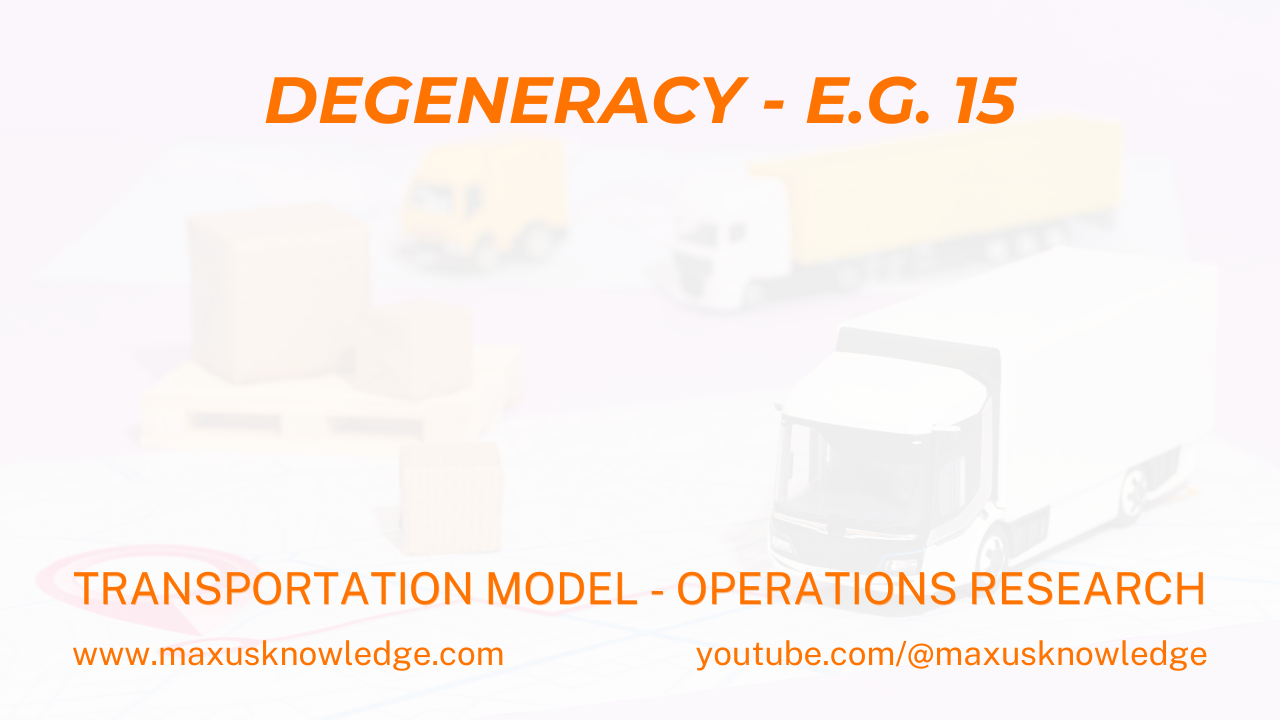What is the transportation model?
Let’s say you own a company which is a manufacturer of fans. You have three different locations where they are manufactured. Let, P1, P2 and P3 be the plants in different parts of India as shown in the map.
After the fans have been manufactured, they need to be transported to the customers. You can ship the fans directly from the plant across India and the world.
But you have decided to have warehouses from where the demand can be managed. Let W1, W2 and W3 be the warehouses as shown in the map. Each plant has a capacity and basis that they have a supply capability.
Let,
Supply capacity of plant P1 = 40 units/ day
Supply capacity of plant P2 = 35 units/ day
Supply capacity of plant P3 = 70 units/ day
Now the demand of each warehouse is 45, 65 and 35 units/day respectively. Each plant can transport fans to each of the warehouses. There is a certain cost associated with supplying the fans from plants to warehouses.
Let Cij = Cost, where i is the source and j is the destination. The transport/unit cost for all possible combinations is as follows:
C11 = 2/ unit | C21 = 5/ unit | C31 = 8/ unit |
C12 = 4/ unit | C22 = 6/ unit | C32 = 5/ unit |
C13 = 3/ unit | C23 = 3/ unit | C33 = 15/ unit |
So the question is, how many fans should be transported from each plant to the warehouses. We need to balance it in a way where the overall cost is minimized while meeting the demand and supply.
Hence, the transportation model is a technique to establish a least cost route of transport of goods from plants to warehouses.
From P1, we’ll ship all 40 units to W1 as it is the cheapest route. Now, the capacity of W1 is 45. So, the rest 5 fans will be shipped from P2 as it has a cheaper route to W1 than P3.
Cost = 40 units X 2/unit + 5 units X 5/ unit = 105/-
So, P1 has 0 fans left for W2 & W3 and P2 has 30 fans left for W2 & W3.
Similar for W2, Cost = (65 units X 5/ unit) = 325/-
For W3, Cost = (30 units X 3/ unit) + (15 units X 5/ unit) = 165/-
Hence, total cost = 105 + 325 + 165 = 595/-
But is this the most optimal solution? If we consider, taking 40 units from P1 and 5 units from P3 for W1, 65 units from P3 for W2 and 35 units from P2 for W3, the total cost comes out to be:
(40X 2) + (5 X 8) + (65 X 5) + (35 X3) = 550/-. Hence, we saved 45/- by looking at the holistic view for all the plants and warehouses instead of looking at them individually.
In order to find the least cost route, there are certain assumptions that are made:
- Total quantity of products available at different sources is equal to the total requirements at the destination. In the above example, supply = demand = 145.
- Products can be transported conveniently from all the sources to the destinations.
- The unit transport cost on a given route is directly proportional to the number of units shipped on that route.
- The unit transport cost of product from all sources to destination is precisely known.
What are the procedural steps in the transportation model?
- Formulation of transportation table.
- Establish a basic initial feasible solution.
- Examine initial feasible solution for acceptability.
● Number of allocations = m + n – 1, (m, n are the rows and columns respectively).
● Allocations should be in independent positions.
- Test the solution for optimality.
● Stepping stone method.
● Modified distribution method.
- Make changes to improve the solution.
Repeat steps 3, 4 and 5 until optimal solution is reached. Each of these steps is discussed in detail in the videos given below.































